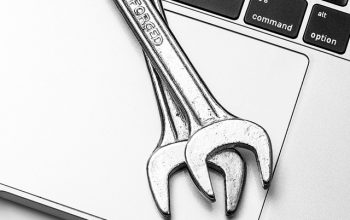Effective home appliance installation and maintenance require careful planning and adherence to safety standards, electrical system compatibility, and local regulations. Before installing a new appliance, evaluate your household's electrical setup for necessary upgrades, check circuit breakers, verify amperage, and ensure outlets are functional. Pay attention to the manufacturer's guidelines for voltage, amperage, grounding, and wiring requirements to prevent electric incidents. Post-installation, regular maintenance is key to maintaining efficiency and longevity of your appliances; this includes routine checks, cleaning components, and prompt repairs. For complex issues like gas connections or major electrical problems, always hire a licensed professional to ensure compliance with safety standards. Establish a consistent home repair and maintenance routine as per the manufacturer's guidelines, including filter replacements, coil defrosting, door seal checks, hose inspections for wear, dishwasher component cleaning, software updates for smart appliances, and proper usage to extend appliance life. Prompt issue resolution prevents minor problems from becoming major ones, thus maintaining a safe, efficient, and functional household environment, which is essential for home repair and maintenance.
When a kitchen appliance falters or a new one graces your home, understanding the intricacies of installation and repair is paramount for efficient home maintenance. This article demystifies the process, guiding you through the basics of safe and effective appliance installation, common issues that often arise, and practical DIY troubleshooting tips. It also empowers you to recognize when professional expertise is necessary. With a focus on home repair and maintenance, learn the best practices for maintaining your appliances’ longevity and optimal performance, ensuring they serve you well for years to come.
- Understanding the Basics of Appliance Installation for Home Repair and Maintenance
- Step-by-Step Guide to Safe and Effective Appliance Installation
- Common Appliance Issues and DIY Troubleshooting Tips for Homeowners
- When to Call a Professional: Knowing the Limits of DIY Appliance Repair
- Maintenance Best Practices to Extend Your Appliances' Lifespan and Efficiency
Understanding the Basics of Appliance Installation for Home Repair and Maintenance
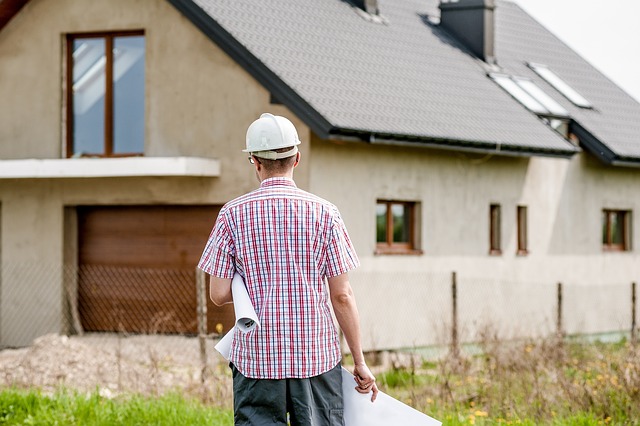
When tackling home repair and maintenance, especially in relation to appliance installation and repair, it’s crucial to approach the task with a comprehensive understanding of the appliance’s specifications and the home’s electrical system. Proper installation is not just about connecting wires and securing the unit in place; it encompasses ensuring that the appliance operates within its safety parameters, aligns with local regulations, and fits the available space without posing any hazards. Homeowners embarking on this process should first familiarize themselves with the manufacturer’s guidelines, which provide detailed instructions tailored to the make and model of the appliance. This includes understanding the voltage and amperage requirements, as well as the necessity for grounding and proper wiring connections to prevent electrical fires or malfunctions.
Before attempting any installation, it’s imperative to assess the home’s existing electrical infrastructure to determine if upgrades are needed to support the new appliance. This might involve checking circuit breakers, ensuring there is an adequate supply of amperage for the appliance, and verifying that outlets are functioning correctly. Additionally, one must consider the spatial constraints, ensuring that the appliance’s dimensions will not interfere with regular movement within the home or obstruct other essential functions. Regular maintenance following installation is equally important to prolong the lifespan of the appliance and maintain its efficiency. Routine checks for wear and tear, cleaning of filters or moving parts, and timely repairs can prevent minor issues from escalating into costly damages. Home repair and maintenance, therefore, should be an ongoing commitment, with special attention paid to appliance installation to ensure safety, functionality, and longevity within the household.
Step-by-Step Guide to Safe and Effective Appliance Installation
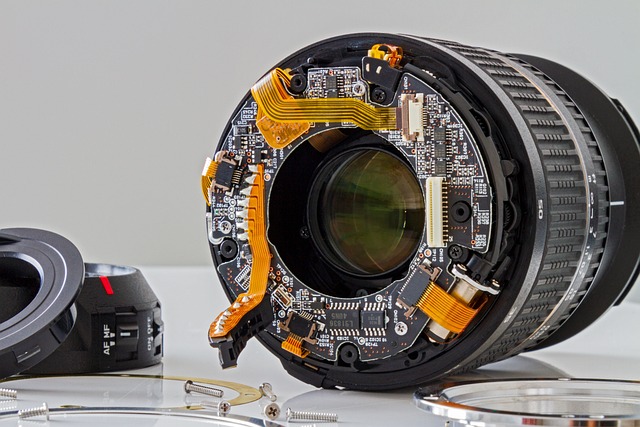
When installing new appliances in your home, safety and effectiveness are paramount to ensure proper function and to prevent potential hazards. Always begin by carefully reading the manufacturer’s instructions specific to the appliance model you are installing. This step is crucial as it provides guidance tailored to the appliance’s make and model. Ensure that all necessary tools and equipment, such as a level, measuring tape, screwdrivers, and wrenches, are at hand before starting the installation process.
Firstly, shut off the power source to the appliance by turning off the corresponding circuit breaker in your home’s electrical panel. This is a critical safety measure that minimizes the risk of electric shock during the installation. Next, remove the old appliance, if present, and clean the area where the new appliance will be placed to ensure a stable and level surface for installation. Proceed with connecting the appliance to water, gas, or electrical sources as indicated in the manual, making sure all connections are secure and properly insulated. For gas appliances, it’s advisable to hire a certified professional to handle the gas line connection to adhere to safety regulations and standards. Once installed, run test cycles if applicable, to confirm that the appliance is functioning correctly and efficiently. Regular home repair and maintenance practices should be observed to keep your appliances in top condition, extending their lifespan and ensuring they operate safely within your home environment.
Common Appliance Issues and DIY Troubleshooting Tips for Homeowners
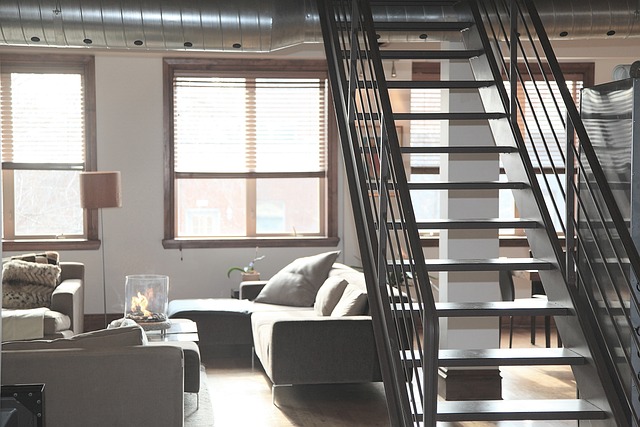
Homeowners often encounter a variety of common appliance issues that can range from minor glitches to significant malfunctions. Understanding basic troubleshooting principles is invaluable for maintaining the functionality and longevity of household appliances. Before attempting any repair, ensure you have the correct safety equipment, such as gloves and insulated shoes, to protect yourself from electrical hazards. A frequent problem with refrigerators, for example, is when they fail to maintain the proper temperature. This can typically be resolved by checking and replacing worn-out door seals or adjusting the thermostat settings. Washing machines may present issues like not draining properly; this could be due to clogged hoses or a faulty valve assembly. In such cases, careful cleaning or minor component replacement might suffice. For oven-related troubleshooting, common issues include inconsistent heating or failure to ignite. Often, these problems can be resolved by cleaning the oven’s heating elements and ensuring that the gas supply and pilot light are functioning correctly.
DIY troubleshooting tips for homeowners extend beyond mere symptom relief; they involve a systematic approach to diagnosing and correcting appliance issues. When an appliance isn’t operating as expected, start by checking the user manual for specific troubleshooting instructions from the manufacturer. Next, inspect the power supply connections to ensure that the appliance is receiving adequate electrical current. Water leaks in dishwashers or refrigerators can usually be traced back to a damaged hose or a clogged filter, which are both relatively easy to fix with the right tools and replacement parts. Regular maintenance and timely repairs prevent small issues from escalating into larger, more costly problems. Simple tasks like cleaning filters, lubricating moving parts, and checking for loose connections can often be performed without professional assistance, saving time and money while maintaining the home’s appliances in good working order. Always remember to adhere to safety guidelines and only tackle repairs that you are confident in completing; some issues may require the expertise of a licensed technician. Home repair and maintenance are integral to upholding a well-functioning living space, and with the right knowledge and approach, homeowners can effectively manage common appliance issues.
When to Call a Professional: Knowing the Limits of DIY Appliance Repair
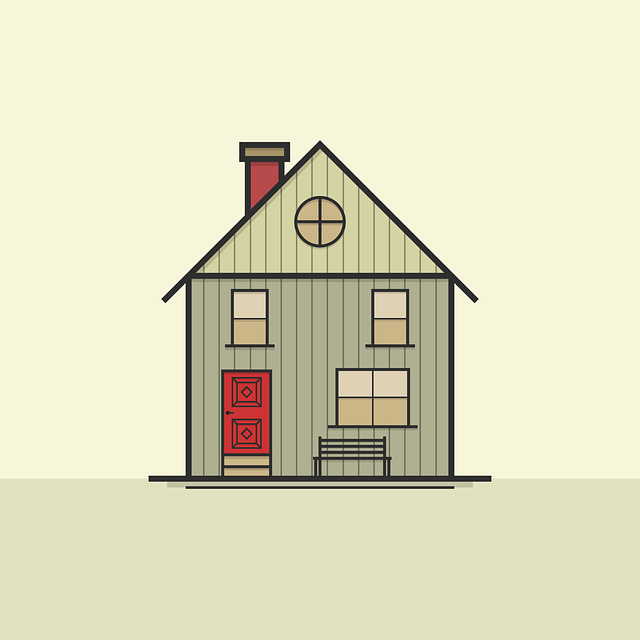
When confronted with appliance issues at home, discerning whether to attempt a repair oneself or to call a professional is crucial for both safety and efficiency in home repair and maintenance. DIY repairs can be rewarding and empowering, especially for minor malfunctions like replacing a refrigerator door seal or fixing a dishwasher that isn’t draining properly. However, when dealing with complex electrical systems, gas lines, or significant water leaks, the stakes are higher, making professional intervention not just a prudent choice but often a necessity to avoid further damage and ensure proper functionality. For instance, any appliance repair involving the risk of electric shock or gas leaks should be left to trained professionals who specialize in home repair and maintenance. They possess the expertise, tools, and safety equipment required to handle these tasks effectively and in compliance with local regulations. Additionally, attempting such repairs without the necessary qualifications can void warranties and potentially lead to hazardous situations. It’s always wise to consult a professional when facing repairs that exceed your skill set or when unsure, ensuring the longevity and safety of your appliances and your home environment.
Maintenance Best Practices to Extend Your Appliances' Lifespan and Efficiency
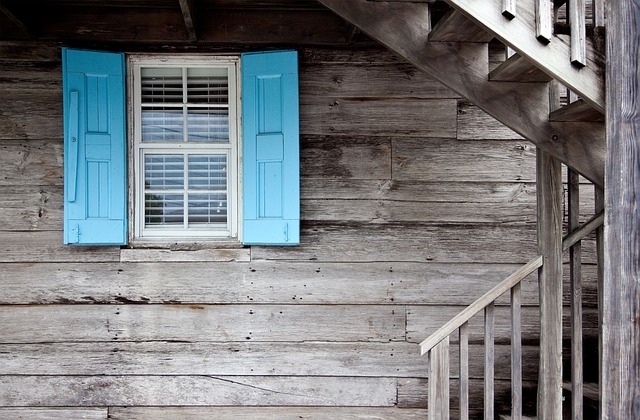
Regular maintenance is key to extending the lifespan and enhancing the efficiency of your home appliances. Homeowners should establish a routine schedule for checking each appliance, as detailed guidelines often come with the manufacturer’s manual. This includes cleaning or replacing filters in heating and cooling systems, which can significantly improve their performance and energy consumption. For refrigerators, defrosting coils regularly ensures optimal cooling performance, while checking seals on the door can prevent unnecessary heat loss and energy waste. Washing machines and dryers should have their hoses and connections inspected annually to detect any leaks or wear that could lead to costly repairs or accidents. Dishwashers benefit from having their spray arms and water filters cleaned, which maintains efficiency and hygiene.
In addition to regular cleaning and inspection, it’s important to keep up with software updates for smart appliances to ensure they run smoothly and securely. Proper loading and use of appliances according to the manufacturer’s instructions can also prevent undue strain and wear, thus prolonging their operational life. Finally, engaging in proactive home repair and maintenance by addressing issues as soon as they arise can prevent minor problems from becoming major, expensive ones. This proactive approach not only saves money but also ensures that your appliances operate at peak efficiency for as long as possible.
When it comes to maintaining a well-functioning home, understanding appliance installation and repair is key. This article has outlined the essential steps for safe and effective appliance setup, common issues that may arise, and the importance of knowing your limits when it comes to DIY repairs. By following the maintenance best practices detailed here, you can not only extend your appliances’ lifespan but also enhance their efficiency. For those moments when a repair goes beyond basic troubleshooting, recognizing the value of professional assistance is crucial for the safety and longevity of your home’s systems. Remember, investment in proper installation and regular maintenance is an investment in your home’s overall health and your peace of mind within it.

